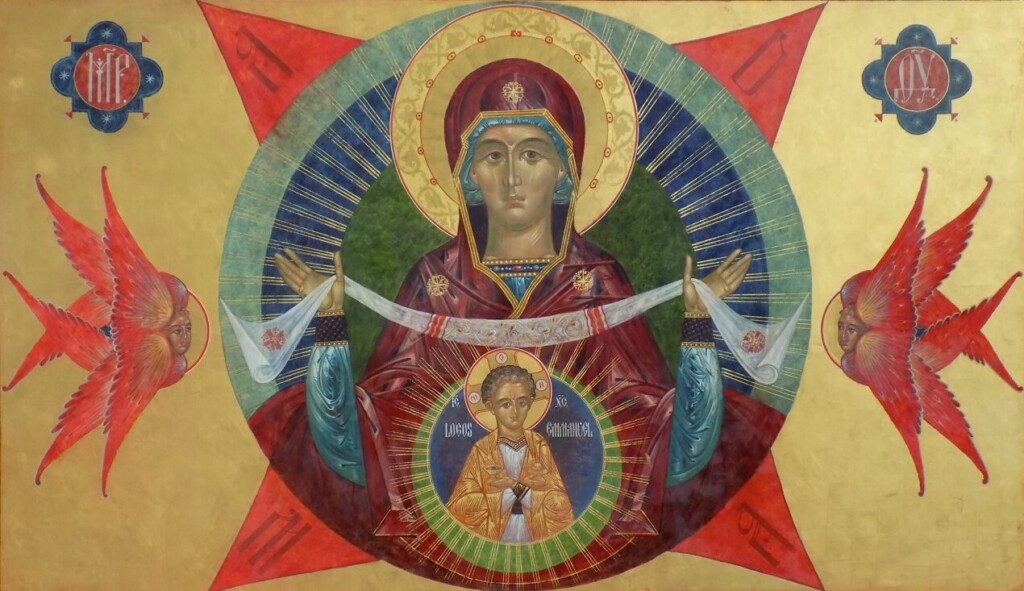Normally, our parents introduce us to Him by teaching us Who He is, stories about His life and death. We might have had teachers, priests, or a religious sister teach us Who Jesus is, by teaching us how to pray. Maybe we gained a deeper insight into Jesus from the example of a saint. These people, if they have been effective introducing us to Jesus, have all been bearing witness to Him, testifying about him.
And how exactly did they do this?
We might assume that a witness is someone who relates facts about a case, typically in court. If we witness a car accident or a theft, we may be called upon to give testimony. But once we start thinking about testimony, we see that there is a lot more going on. For example, we want to know how credible the witness is. There’s a legal principle in American law which states, “False in one thing, false in everything.” This means that if we catch a witness in a lie, we can legally disregard everything else that he or she says. So a good witness needs to have some integrity for us to believe his or her testimony.
But we also want to know how this person relates to the case at hand. Is the witness biased in some way? Is the witness likely to spin things in some way or other, maybe not being entirely dishonest, but perhaps also not invested in being objective?
This can work in the other direction, too. Returning to our parents or teachers, we are more likely to believe the person who has a certain type of relationship with Jesus and the Church than someone who recites the facts of Jesus’s birth and death as a series of facts from long ago. I recently read somewhere that testimony is not giving someone else the truth. It’s about giving someone else access to the truth, so that the other person can encounter the truth himself.
Alright, so all of this is a prelude to celebrating today’s great saint, John the Baptist. Jesus Himself says that no one greater was born of a woman than John the Baptist. Several times in the Scriptures we read that John bore witness to Jesus. So what can we learn from John’s example? Why is he so important?
Well, for starters, identifying Jesus was not as easy as we might suspect back in the time of His earthly life. While many people were happy that He brought healing and taught with authority, He was also very threatening to many powerful persons. Jesus often did things that were unsettling, like associating with lepers and prostitutes, tax collectors, and so on. So it’s understandable that many persons questioned whether Jesus could be the Messiah. In fact, at the time of the Crucifixion, the apostles themselves found it too dangerous to bear witness, and Peter lied about knowing Him.
But there was someone else that no one had any doubts about, and that was John. John’s integrity was unquestioned. His teaching was wholly consonant with that of the great prophets before him, especially Elijah and Jeremiah, and he backed up his teaching with a willingness to die rather than adulterate God’s law.
And what does this greatest of men do? He constantly points to Jesus, even from his mother’s womb. By his connection to the great prophets of old, he gives others access to the truth about Jesus, that He is the One who will fulfill all the great prophecies spoken in the Scriptures by the Holy Spirit.
John’s integrity and reputation were hard won. From his early adulthood, he separated himself from the crowd and lived in the desert, meditating on God’s law and the stories of the prophets. Through the assistance of the Holy Spirit, he came to know the mind of God Himself, and so was able to recognize Jesus when He appeared.
We, too, are called to be witnesses of Jesus Christ, and we can learn a lot from John.
How can we be more credible witnesses? Well, we must separate ourselves from the world and find time to devote to prayer and knowing God. We must be involved in God’s plan, in His story. But we also must be credible by our actions. They must reflect the reality of Jesus in our own lives. Like John, we have to learn not to point at ourselves, our own knowledge, our own experience, but to point away from ourselves toward the one Who is our Savior and Lord. See how in our deesis icon above the high altar John and Our Lady both face Jesus, pointing toward Him, offering their supplication and witness.
We who are striving to be His disciples must decrease so that he always increases in us and in others, for the Son of God is our true life and happiness.
